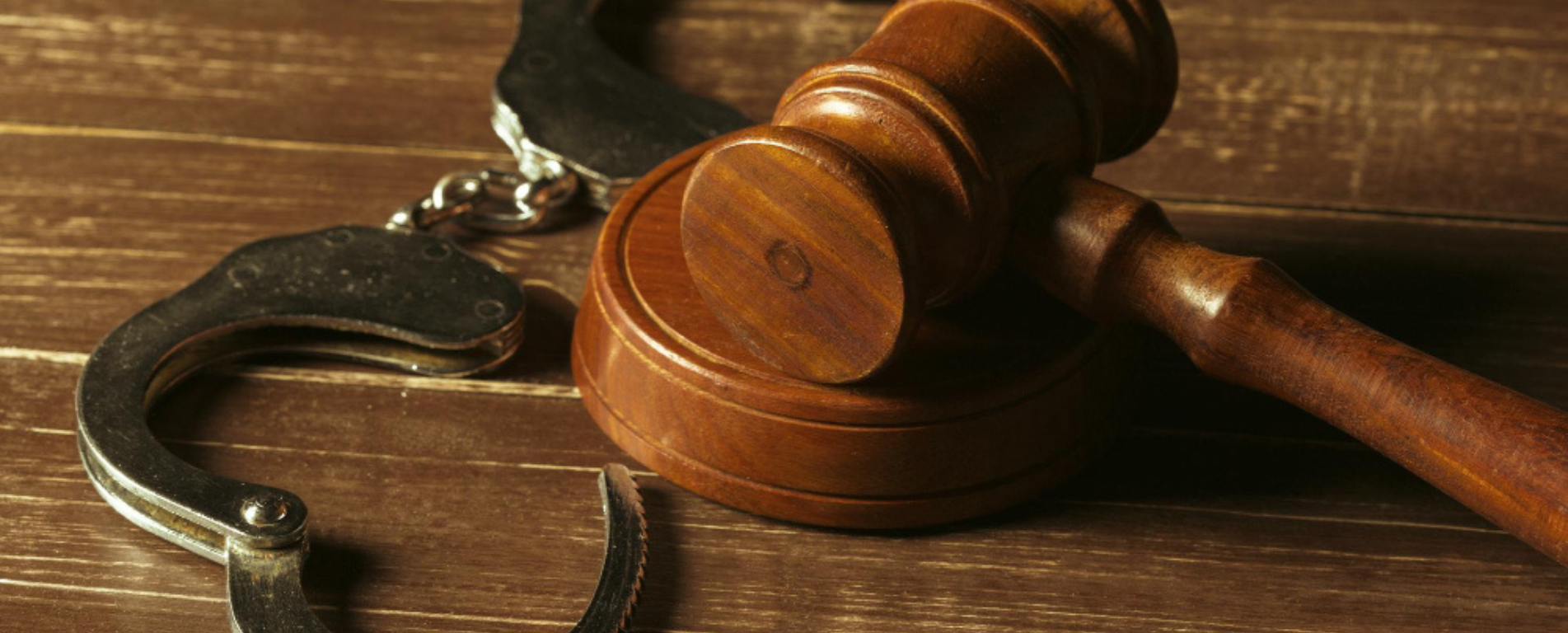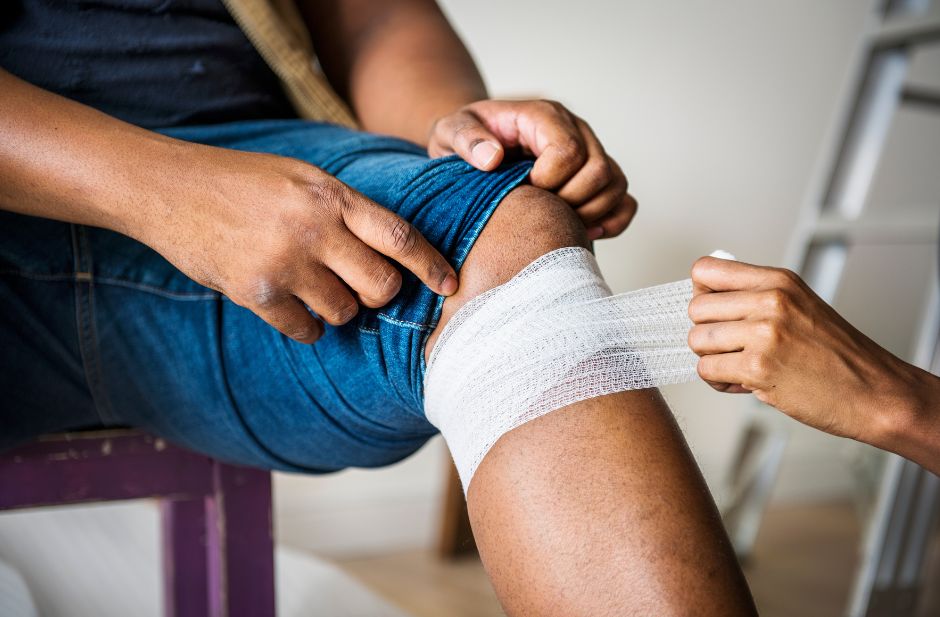What to do if your child is injured on a school bus? If your child ever gets hurt in a school bus accident, let me just say, it’s a nightmare no parent wants to deal with.
But it happens. Every year, thousands of kids end up injured in these crashes. The National Highway Traffic Safety Administration reports that over 17,000 school bus-related injuries are reported annually.
It’s overwhelming, sure, but knowing what to do next can make all the difference when it comes to protecting your child’s health and holding the right people accountable.
At Elsner Law, we’ve helped families through this before. Those first few hours after a school bus accident? They’re crucial, both for your child’s well-being and for any legal steps you may need to take later.
What To Do If Your Child Is Injured On A School Bus: Immediate Actions
Here’s what you need to do if your kid’s been hurt in a school bus crash:
- Call 911 if anyone looks seriously hurt
- Let the school district know ASAP
- Get to the crash site, if you’re able
- Snap photos and videos, everything matters
- Talk to witnesses, grab their names and numbers
- Ask for a copy of the police report
Emergency crews will check everyone, but don’t rely only on that. Take your child to a doctor separately. A lot of injuries, especially in kids, aren’t visible right away. Some can take hours (or even days) to show up.
Also, try to get to the scene as quickly as possible, if it’s safe to do so. Evidence disappears fast. Once vehicles are moved (which traffic rules require), you’ve lost a lot of what could help later on.
Immediate Medical Attention For Your Child
Even if your child says, “I’m okay,” take them to a doctor. Seriously. Kids don’t always recognize or explain pain well, especially after something traumatic.
Things like internal bleeding, head trauma, or even soft-tissue damage can stay hidden for a bit.
An ER visit creates a solid medical record, proof that connects your child’s injuries directly to the crash. And that’s something insurance companies can’t argue with.
Follow-up visits are just as important. Some injuries show up later. Your regular doctor can help monitor that and add to the paper trail.
These bills can pile up quickly, sometimes tens of thousands, so getting everything documented is huge for any future claim.
Bottom line: Don’t wait. And don’t assume “they seem fine” means they are.
Understanding The Child’s Injuries From School Bus Accidents
School bus crashes aren’t like normal car wrecks. The setup’s different, higher seating, usually no seatbelts, and hard interior surfaces.
Here’s what kids often deal with:
- Head or neck injuries from sudden stops
- Cuts and bruises from glass or sharp edges
- Broken bones if they’re thrown around
- Internal injuries from blunt impacts
- Emotional or mental trauma
A lot of older buses don’t have the safety features that newer ones do. Some districts still operate buses that were built decades ago, before updated safety standards were implemented.
Track everything: pain, sleep problems, missed classes, mood swings. That kind of documentation matters. It paints a full picture when it comes time to file a claim or go to court.
Also, what to do if your child is injured on a school bus? Well, you must keep in mind that how the driver acted before and during the crash plays a big role.
Speeding, checking their phone, ignoring signs, and small mistakes can turn into big consequences.
Investigating The Bus Driver’s Role In The Accident
Let’s be real, the driver’s job is to keep those kids safe. They’re supposed to meet a higher standard than everyday drivers because, well, they’re hauling around a bus full of children.
Negligence can look like:
- Speeding or breaking traffic rules
- Texting or other distractions
- Skipping pre-trip safety checks
- Driving under the influence (yep, it happens)
- Not adjusting for bad weather
If a school district didn’t do its job, like skipping background checks or training, it could be on the hook too. It’s not always just the driver’s fault.
Try to get hold of the driver’s training and employment records through legal help. You might find issues that explain a lot.
And don’t forget, if another car blew past the bus while it was loading or unloading? That driver is legally responsible under stop-arm laws.
What To Do If Your Child Is Injured On A School Bus: Legal Considerations
More than one party could be at fault in these cases, which means more than one insurance company may get involved.
Who could be responsible?
- The bus driver (if they messed up)
- The school district (if they hired carelessly)
- Another driver (if they caused the crash)
- The bus manufacturer (if something on the bus failed)
- Mechanics or contractors (if they didn’t fix known issues)
But, and this is a big one, school districts are government entities, which means they’re protected by something called sovereign immunity.
In simple terms, you can sue them, but there are rules and limits. Some states have exceptions that let families file claims for vehicle accidents involving public employees, but you’ve gotta move fast.
Also, don’t wait to collect evidence. Security footage disappears, memories fade, and even traffic cam data isn’t saved forever.
School Bus Crash Investigation And Evidence Collection
Leave the deep digging to the pros, but here’s what you can still help with:
- Take photos of everything: damage, road, and weather
- Get witness info early
- Save news articles or social posts if they exist
- Gather all your child’s medical records
- Ask the school for their transportation policies
- Get any maintenance logs on the bus
Police reports help, but they’re not always super thorough, especially if no one was rushed to the hospital. Consider hiring a private investigator if something feels off.
Also, don’t sign anything from the school or insurance companies without a lawyer looking at it first. Those quick settlement offers? They’re usually not enough, especially if long-term care is needed.
Understanding Government Entity Liability In School Bus Accidents
While the and r t the e When you’re going up against a school district, things get trickier. They’re protected by laws that most private companies aren’t.
Some key points:
- You’ve got a short window to file (as little as 90 days in some states)
- You need to give formal written notice of your intent to sue
- Damage payouts might be capped
- The court process works a bit differently
Miss those deadlines? That’s it, you’re out of luck, even if your case is solid. So, timing is everything here.
And sometimes, districts carry their own insurance policies that handle these claims. It can help speed things up, but you still need to know how to navigate the process.
Protecting Your Child’s Rights After A Bus Accident
Kids have the same right to injury compensation as adults, but with extra rules to protect them.
Your child may be entitled to:
- Coverage for all medical treatment
- Pain and suffering damages
- Help with future treatments
- Extra school support if needed
- Physical therapy or rehab services
Any settlement involving a child has to go through court approval. That’s actually a good thing; it ensures the money goes toward the child’s best interests, not just covering bills.
Keep a running record of how your child’s been affected. Mood swings, trouble sleeping, missing sports or school events, it all counts when calculating damages.
And FYI: some states don’t start the legal deadline (statute of limitations) until the child turns 18. Still, the sooner you take action, the stronger your case tends to be.
When A Child Is Injured On A School Bus, They Need Immediate Medical Attention
Don’t try to “wait and see” when it comes to your child’s health after a bus crash. If something feels off, trust your gut.
Get emergency care if your child shows:
- Fainting, confusion, or memory loss
- Vision issues or intense headaches
- Neck, back, or chest pain
- Trouble breathing
- Heavy bleeding or possible fractures
- Unusual behavior (might be a concussion)
Doctors might order scans (CT, MRI, etc.) to catch hidden stuff like brain swelling or internal bleeding. Better safe than sorry.
And don’t skip those specialist referrals. Sometimes injuries aren’t fully diagnosed in the ER.
Mental health support is huge, too. PTSD is very real for kids after these incidents, especially if the crash was severe. Therapy helps.
Bus Manufacturer Liability For Defective School Buses
Sometimes, the issue isn’t the driver, it’s the bus itself. If something broke or wasn’t built properly, the manufacturer could be on the hook.
Common defects include:
- Brakes that fail when they’re needed most
- Weak structural build that crumples on impact
- Seats that fly loose during crashes
- Blind spots caused by poor design
- Not enough safety exits or emergency gear
If that’s the case, the legal approach changes. It’s less about human error and more about proving the product didn’t meet basic safety expectations.
Recalls, maintenance records, and national safety data can back you up here. A good lawyer will know where to dig.
How Your Child Receives Compensation After A School Bus Accident
Several insurance policies might apply. You shouldn’t have to pay out of pocket just to get care for your child.
Possible coverage sources:
- The school district’s liability insurance
- The bus driver’s commercial auto policy
- Another driver’s insurance (if they caused the crash)
- Your own health insurance
- Uninsured motorist coverage
Districts usually carry millions in insurance for serious injury cases, especially when multiple kids are involved.
Never accept the first settlement offer. It’s usually low and doesn’t take into account future needs.
Most lawyers in these cases work on contingency; you don’t pay unless they win. So there’s no reason not to get professional help.
Filing A Personal Injury Claim for Your Child’s Bus Accident
These claims help families recover everything tied to the accident, not just medical bills.
That includes:
- Doctor visits, surgeries, therapy
- Parents missing work to care for the child
- Emotional trauma and pain
- Adaptive tools or home modifications
- School tutoring or support
The process takes time: evidence gathering, negotiations, and sometimes the court. But most claims settle before trial. Be prepared for the long haul.
Most attorneys offer free consultations. No pressure, no upfront fees. It’s a chance to gain clarity and explore your options.
And if a bunch of students were injured in the same crash? That could turn into a class action suit.
Frequently Asked Questions (FAQs):
Usually, the district, depending on what caused the injury, negligence, unsafe conditions, lack of supervision, etc.
They might face criminal charges or lose their license, and the district could also be legally responsible if they failed in hiring or training.
Call 911, provide first aid if you’re able, take pictures, talk to witnesses, get medical care, and contact a lawyer right away.
Most modern buses have cameras that run during operation. That footage can be crucial in determining what happened.
Rear-end collisions. Usually because other drivers don’t stop when they’re supposed to, or traffic’s heavy.
You can file a claim against the district’s insurance for any injuries or damage. Report the crash and follow up quickly.
Find a personal injury lawyer who knows bus accidents. They’ll guide you through evidence collection, filing claims, and negotiating a fair settlement.
Even struggling districts usually carry insurance. Your claim would be paid by the insurer, not directly by the school’s budget.
Your Legal Guide: Protect Your Child’s Rights
If your child’s been hurt in a school bus accident, don’t wait. Every hour that passes can impact their recovery and your legal case.
Reach out to a personal injury attorney who’s been through this before. You only get one shot to make things right, and your kid deserves every chance at a full recovery.
Read Also:
















